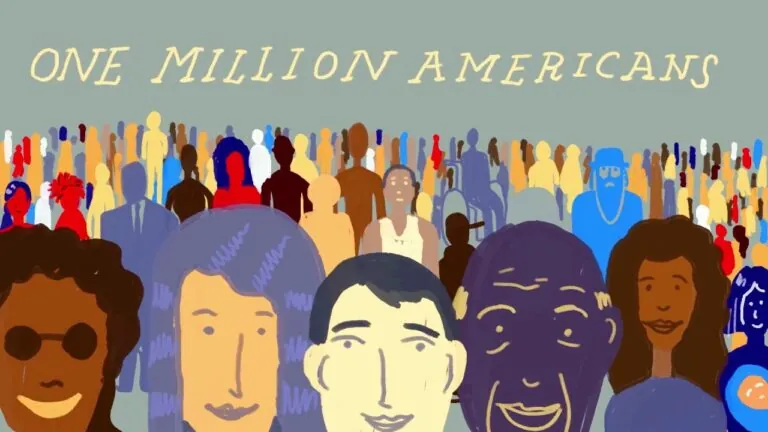
ISB Study Highlights AI’s Potential and Pitfalls in Analyzing Health Data
New research highlights strengths of large language models in uncovering social determinants of health while underscoring the need for human oversight and improved de-identification methods.






